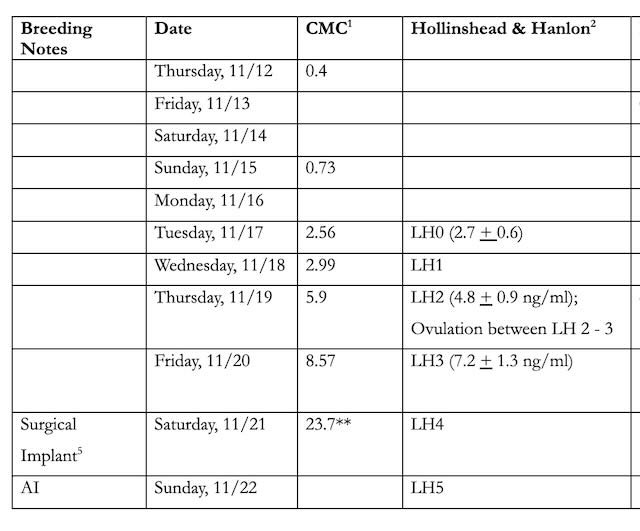A flurry of activity is underway in preparation for the arrival of the Baby Stars. One of those things is the Canine Nomograph, and this is related to titer testing — an appropriate and important topic for everyone with a dog.
Titer testing allows us to target vaccination timing. It helps us ensure immunity while helping us avoid over vaccination; over vaccination is something we should try hard to avoid. I only use the University of Wisconsin’s CAVIDS lab for my titer testing — they are fast, smart, and resonably priced.
Sparkle is my gold star titer testing example.
Sparkle in Montana last year ⭐️
I used titer testing when Sparkle was a puppy to determine when the maternal antibodies, which “block” vaccinations, were effectively gone. With that info, we knew she needed a parvo/distemper vaccination at 11 weeks. She was tested every 1 - 3 years and maintained full immunity for her entire life — almost 12 years! To be clear — one parvo/distemper vaccination = lifetime protection.
Repeat vaccinations are too often a waste of money and represent over vaccination (but do not skip your dog’s annual physical with their veterinarian!). Note: rabies titers are not allowed in place of a required vaccination in many places and so that is a separate topic.
I do not want my baby puppies to be over vaccinated — or under vaccinated — and so I use CAVIDS’ Canine Nomograph to provide the data I need to find the sweet spot. Capella had blood drawn last week for the test; I should have the results any day now and that info will help me know the appropriate vaccination schedule for the puppies.
Click HERE to watch a video about Nomographs done by the head of the University of Wisconsin’s titer testing lab, Dr. Laurie Larson. I watched it at 1.2 speed and that worked well.
Points from the video that I want to highlight:
Passive immunity from the mom is transferred through colostrum, which is the first milk a mother produces. Colostrum is filled with good stuff for the baby, who absorbs it through the gut.
A puppy’s gut “closes” within a day or two, and once closed cannot absorbs all those good things. Not coincidentally, colostrum only lasts a day or two.
Milk replacer closes a puppy’s gut early, thereby preventing him/her from being able to absorb all those good things, including maternal antibodies, from colostrum.
You must titer test the puppy two weeks after the last puppy vaccination to ensure the puppy is protected!
A one-year vaccination is not required — you can titer test instead.
ONE DOSE of a core vaccination is sufficient to provide lifetime immunity in most dogs.
Part Two of this post will happen when I receive Capella’s Nomograph results 🩷
Have a wonderful day!






